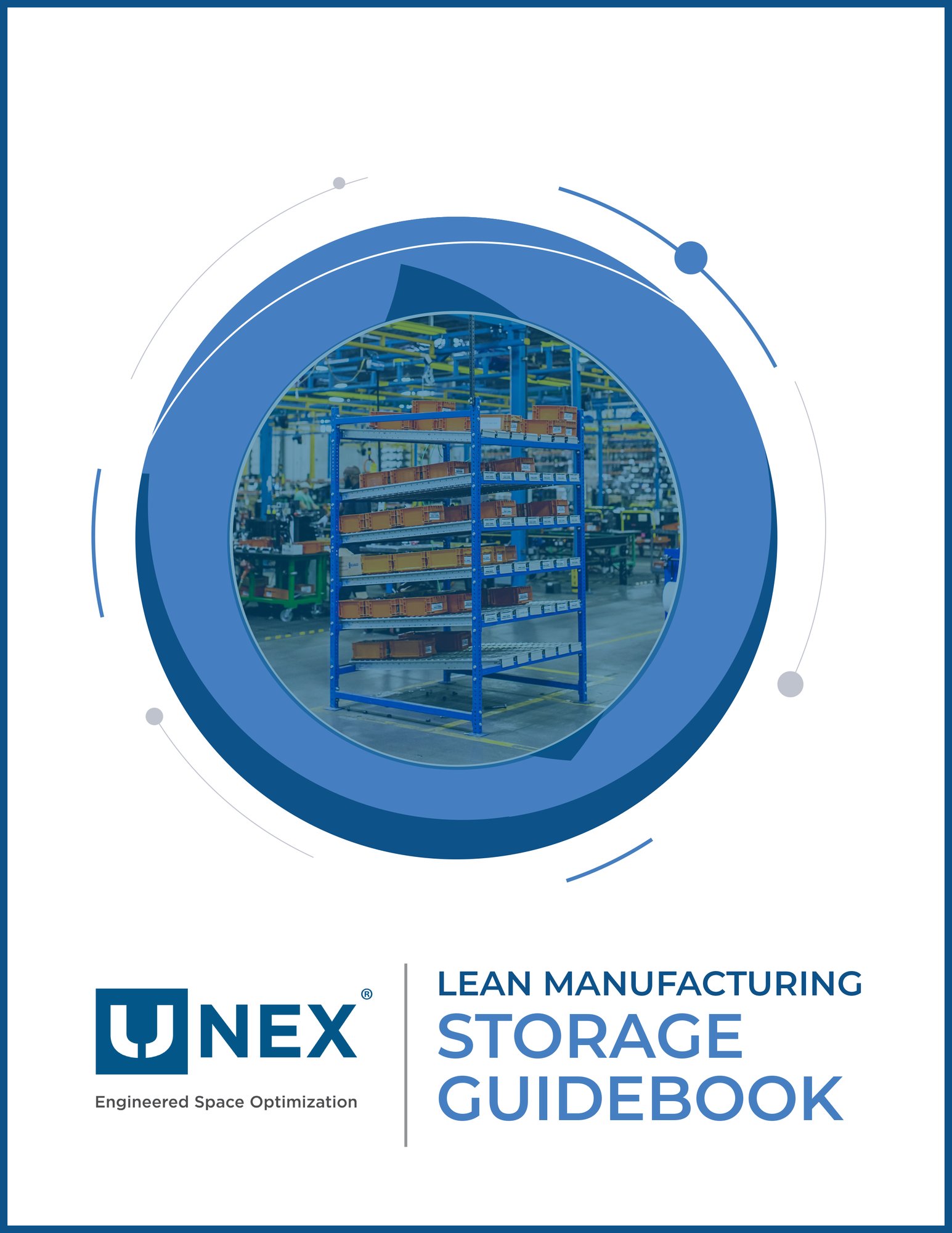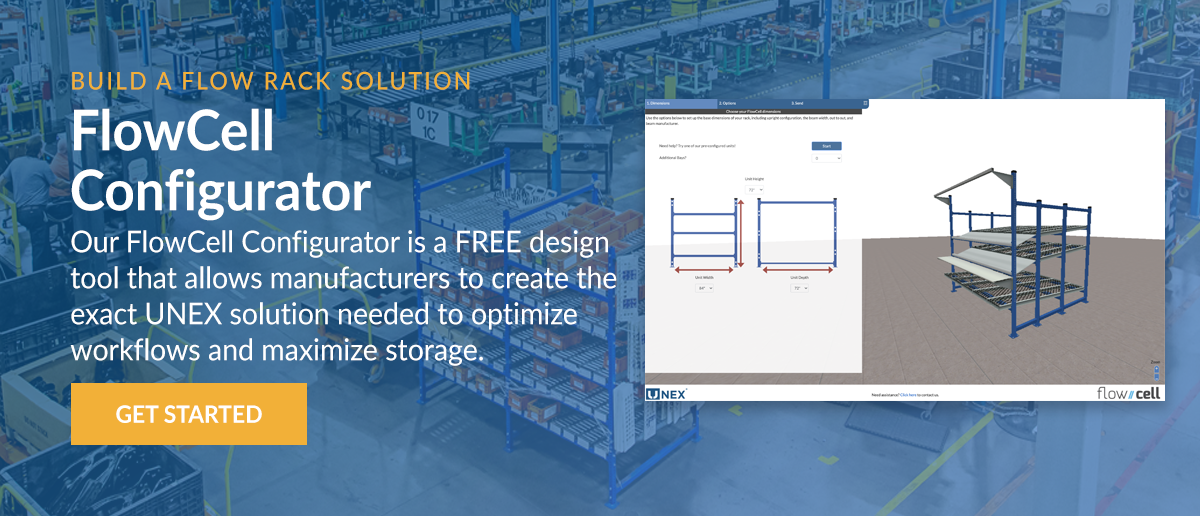The Hidden Costs of Overprocessing in Manufacturing

Can providing too much value be a drawback? While our instincts may say 'no,' the reality in manufacturing tells a different story. After years of lessons on “continuous improvement” and “the pursuit of excellence,” it’s tempting to believe that raising standards is always a good thing, but that’s often not the case, especially in manufacturing and distribution operations. In those instances, adding what we incorrectly perceive as “value” actually creates waste – wasted time, labor, parts, and materials, even equipment, capacity, and lifespan.
The deciding factor? What’s it worth to the customer?
Understanding Overprocessing in Manufacturing
The classic example of overprocessing is painting a mechanical part that is never seen post-assembly. Unless that coat of paint is necessary to prevent corrosion or improve function, it’s unlikely to be worth anything to the customer. Would the customer be willing to pay extra to have an unseen part painted? Of course not. Yet the manufacturer is paying for it with extra materials, added labor, longer cycle times, and probably additional health and safety requirements.
If a painted finish adds no customer value, why do it at all?
Of course, you always want to give customers their money’s worth. That means providing a quality product that meets their needs. It doesn’t mean providing a product that is better than it needs to be. Your product should meet your customer’s performance standards consistently, but no more.
Generally, overprocessing begins with good intentions (but you know what they say about where those lead!) or an abundance of caution, and often gets its start at the design stage. Engineering may call for unnecessarily tight tolerances; designers might specify expensive or hard-to-procure materials when a cheaper, more plentiful material would do just as well; sales might push for machined and polished components, a preference based more on presentation than on end-use requirements. In addition to the cost of meeting excessive standards, there is also the burden of measuring, testing, verifying and maintaining the overzealousness.
Learn lean manufacturing storage principles. Download the Lean Manufacturing Storage Guidebook!

Solutions to Avoid Overprocessing
To effectively eliminate overprocessing and enhance the efficiency of your manufacturing operations, consider the following solutions:
Ensuring Efficiency and Uniformity
To mitigate the risk of overprocessing, establishing standardized work practices is crucial for maintaining efficiency and uniformity. Are your processes aligned to avoid overprocessing? In an attempt to go the extra mile, diligent workers might go above and beyond production standards, introducing variations that consume extra time and resources.
Evaluating and Streamlining Processes
Regular evaluation and streamlining of processes are crucial to ensure that every step adds value to your product. Do you regularly examine your processes to see whether certain steps should be eliminated, compressed, or combined? Do you test substitute materials and evaluate alternate methods? Do you have transparent communications with your customers to evaluate and update quality and performance standards? Having a clear understanding of what your customer really values gives you the insight to improve production methods, eliminate unnecessary work, and streamline your processes to eliminate waste.
Implementing Lean Manufacturing Principles
Adopt lean manufacturing principles to focus on value-added activities and eliminate waste. Techniques such as 5S (Sort, Set in order, Shine, Standardize, Sustain), Kaizen (continuous improvement), and value stream mapping can help identify and eliminate overprocessing.
Eliminating Non-Value-Added Steps with FlowCell
UNEX FlowCell can be an essential tool in eliminating non-value-added steps in your operations. FlowCell workstations are modular, dynamic storage units designed specifically for a facility’s unique needs. By keeping inventory organized and maximizing pick efficiency, FlowCell supports Lean principles and helps streamline your processes.
-
Maximizes Space Utilization: FlowCell increases space utilization by up to 50% by keeping inventory organized and properly stored. This means fewer unnecessary movements and more efficient use of space.
-
Boosts Production Efficiency: FlowCell boosts production efficiency by up to 30% by angling parts toward the worker, creating an efficient and accessible pick point. This reduces the time and effort required to retrieve items.
-
Improves Ergonomics: FlowCell minimizes reaching and improves ergonomics, reducing worker injury and fatigue. This ensures that employees can work more efficiently and with less strain.
-
Ensures FIFO Inventory Rotation: FlowCell ensures FIFO inventory rotation, meaning that older inventory is used first, reducing waste and ensuring product freshness.
By implementing FlowCell flow racks into your operations, you can eliminate unnecessary steps, streamline your processes, and ensure that every action adds value to your product, enhancing customer satisfaction and boosting your bottom line. FlowCell workstations help maintain consistent quality and efficiency, making them a vital tool in the fight against overprocessing.
Start Streamlining Your Processes with UNEX
Every non-value-added step in your process is a gift to your customer, an unpaid-for, unacknowledged and unappreciated extra that, over time, costs you dearly. For what it’s worth, there’s no value in that proposition. Implementing solutions like FlowCell can help streamline your processes and ensure that every action adds value.
Count on UNEX for solutions that maximize space usage, increase pick rates and improve ergonomics, so you can keep processes and profits flowing. Ready to optimize your processes and eliminate waste? Contact our team to discover how FlowCell can enhance your operations and maximize customer value.


